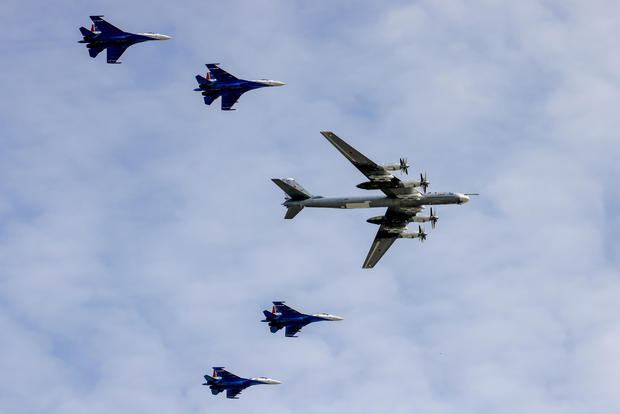
On February 6, 2024, the North American Aerospace Defense Command (NORAD) detected and monitored four Russian military aircraft within the Alaska Air Defense Identification Zone (ADIZ). This operation, noted for occurring entirely within international airspace, did not involve breaches into American or Canadian sovereign territories. Such Russian military activities in the ADIZ are a regular occurrence and have not been interpreted as immediate threats. The ADIZ is a buffer beyond sovereign airspace, necessitating aircraft identification to safeguard national security.
Strategic and operational dynamics
NORAD’s rapid detection and tracking of these aircraft underscore the strategic vigilance and operational readiness of the United States and Canada to any activities that might impinge on their security perimeters. Utilizing a comprehensive defense network inclusive of satellites, ground-based and airborne radars, and fighter aircraft, NORAD maintains a posture ready to implement various response options to protect North American airspace.
Russia’s Ministry of Defense provided context to these flights by acknowledging a long-range training mission over the Arctic Ocean and the Laptev Sea, involving two Tu-160 strategic missile carriers. Lasting over 10 hours, these flights adhere to international airspace rules, emblematic of Russia’s routine military operations across global common waters. The Russian strategic bombers, including the Tu-160, Tu-95MS, and Tu-22M3, play pivotal roles within Russia’s aerospace forces, capable of deploying both conventional and nuclear ordnance.
Geopolitical context and implications
The regularity of these flights, coupled with the transparent communication from both NORAD and the Russian Ministry of Defense, also highlights the importance of established protocols and agreements in preventing misunderstandings that could lead to escalation. Furthermore, it underscores the necessity for continuous dialogue and engagement between military powers to manage tensions and ensure incidents do not spiral out of control.
Forward-looking perspectives
Looking ahead, the frequency and nature of such reconnaissance and strategic bomber flights are likely to persist as part of broader military posturing and strategic deterrence efforts by global powers. The emphasis will remain on the mechanisms of international diplomacy, military-to-military channels, and confidence-building measures to navigate the complexities of modern geopolitical rivalries. Such incidents, while routine, serve as critical junctures for assessing the robustness of current security architectures and the global community’s ability to manage and mitigate potential conflicts.
While the recent detection of Russian warplanes near Alaska does not constitute an immediate threat, it significantly contributes to the broader narrative of geopolitical uncertainty and the ongoing jostle for strategic advantage. It also reiterates the importance of vigilance, readiness, and diplomacy in maintaining global peace and security in an era of complex international relations and mutual suspicions.
